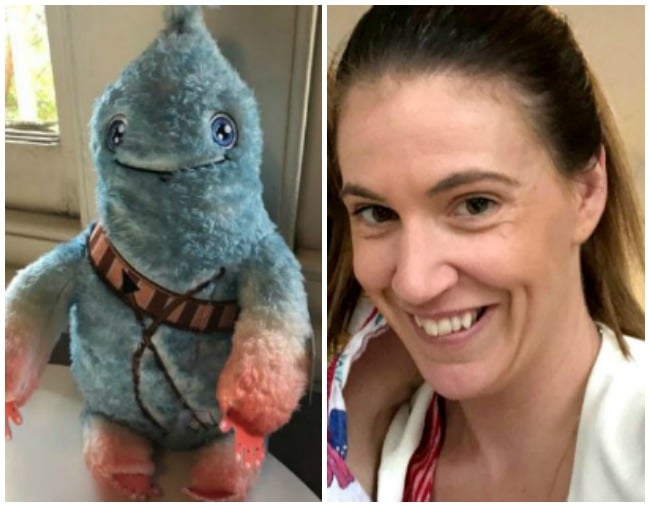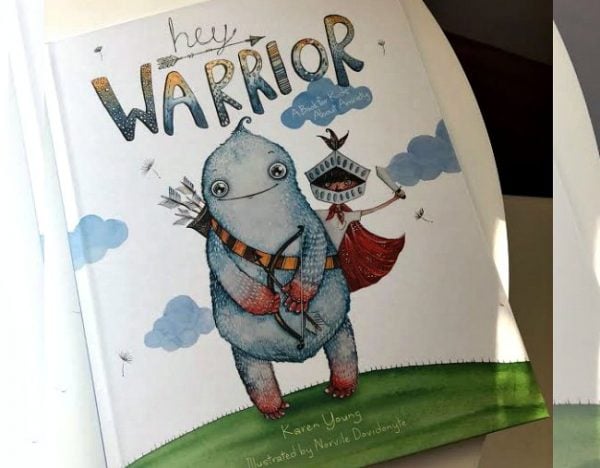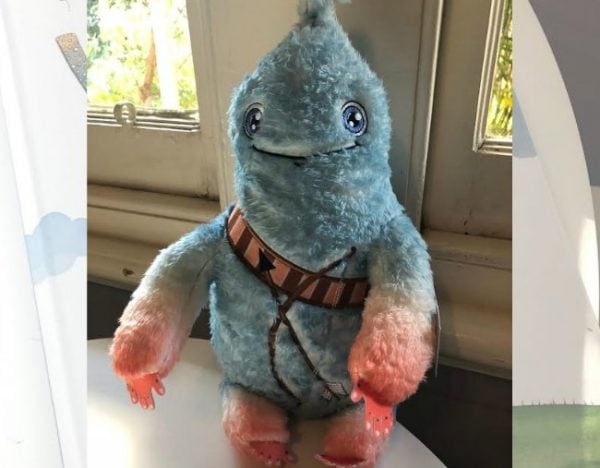
For years I have struggled with anxiety and depression. A combination of my brain makeup and life events work together like an evil superhero partnership to effectively play havoc on my life from time to time but with my dream team – my psychologist, some medication and a great support network I take on this villainous attack until I am victorious.
But it wasn’t until a recent visit to my psychologist that a significant element of what plagues me, my anxiety, was explained in a way that made total sense. On table from a previous patient sat a mutant shaped blue plush toy.
Immediately I gravitated toward it and picked it up. “What is this?” I asked. “It is an amygdala,” my psychologist responded. “A what?” I asked her (was I meant to know what this meant?) And then she explained to me, the way she had probably explained to the patient before (a child), with the aid of the plush toy and a book, ‘Hey Warrior’, in which this strange looking fellow was the star and for the first time in my seven or so years of being diagnosed with anxiety, I finally understood. I understood the way it began, how it overcame your mind and body, and how thinking and training yourself to challenge and actively tame your thoughts can assist in its treatment and prevention.
Not only did I finally understand the cause and effect connections, but I saw that through the aid of this toy and this book that it could really help other kids (and adults) have much more active control over their thinking and positive mental health. So as a brief introduction to the best tool I have encountered for my anxiety, here are a list of some of the positive effects it can have and how you can use it.


